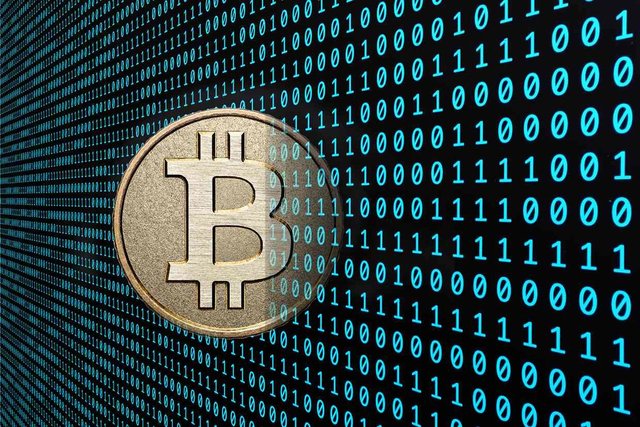
Blockchain, the increasingly celebrated peer-to-peer data technology, is the basis of bitcoin and has huge potential – will it be as big as the web?
Proposed in 2008 and launched the following year, bitcoin – a “peer-to-peer electronic cash system” – was initially viewed by many as the preserve of geeks and criminals. Yet it has subsequently taken giant strides towards the mainstream. There have been various high-profile attempts to unmask the “real” Satoshi Nakamoto, the pseudonym used by bitcoin’s inventor(s). And in the immediate aftermath of the Brexit vote, some hailed bitcoin, surging as the pound plummeted, as “digital gold”.
It is now recognised that the still-mysterious Nakamoto did more than invent a currency. He also solved a longstanding problem in computing, to do with date and networks. His solution was complex, but it involved the use of an infrastructure comprising “blocks” of confirmed transactions that form a chronologically linked “chain”. As other digital currencies, and other blockchains, have emerged, banks and some governments have begun to pay attention, and investment is rocketing. The World Economic Forum predicts that, within a decade, 10% of global GDP could be stored on blockchains.
To comprehend the scale of this innovation, it is necessary to understand the extent to which data has until now been held in silos, available to only one authority. The blockchain allows any individual to verify that a transaction existed in a particular form at a certain time.
Both the potential and the risk are only gradually becoming evident, as is illustrated by the recent case of the Decentralised Autonomous Organisation known simply as the DAO. The idea, in a nutshell, is a company in which funders initially invested in return for voting rights, but which would then operate simply through “smart contracts” running on a blockchain and implemented via software. The DAO was recently launched to considerable excitement, having raised more than $150m in a digital currency known as “ether”, but it was almost immediately hacked, with approximately a third of the ether taken. It is a cautionary tale. Yet in the scale of its ambition, it also helps to explain why some see blockchain technology as almost on the scale of the world wide web.
Don and Alex Tapscott got in early on this “revolution”. The father and son team are well positioned: Don Tapscott’s 15 books include The Digital Economy (1994) and Wikinomics (2006); Alex Tapscott is the CEO and founder of an advisory firm building blockchain companies. Their book features interviews with leading figures in tech, business and academia, presented in a highly accessible form.
Blockchain Revolution aims to provide a broad overview of changes the technology could bring about. Since the Tapscotts have a penchant for numbered lists, I’ll give four of their examples. First, they suggest, blockchain technology could transform remittances, the largest flow of funds into the developing world; transfers could take place in an hour rather than a week, and with greatly reduced commission. Second, the technology could provide immutable land title registration for the estimated 5 billion people in the world who have only a tenuous right to their land. Third, it could overhaul online identity, allowing us greater privacy but also the ability to gain value from those aspects of our data we are prepared to share. Finally, blockchain technology could help artists and musicians claim ownership of their work and receive a fair share of its value – no mean feat in the digital era.
Overall, the shift the Tapscotts envisage – from hierarchies to networks, and towards a new era of “distributed capitalism” – sounds appealing. But each of the four examples mentioned above, like the numerous others in the book, raises the same two questions. Is this blockchain revolution likely? And is it actually desirable? In answer to the first question, the Tapscotts acknowledge barriers to adoption, particularly in the chapter on “showstoppers”. As regards the second, they allude to the possibly dystopian consequences as well as the utopian: at one point they suggest that blockchain technology could, if we get it wrong, allow institutions to entrench their wealth, provide a platform for a new kind of surveillance society, and even, together with related technological advances, get out of control and turn against humans. (The DAO attack, which took place after the Tapscotts finished their book, was not an example of this – there was a human hacker or hackers behind it – but is, perhaps, an early warning of the dangers of placing too much faith in code.)
There are other books on the subject but Blockchain Revolution is a highly readable introduction to a bamboozling but increasingly important field. Whether or not the revolution comes about, and if it does, whether or not the effects are entirely pretty, there is huge potential in the distributed ledger invented by Satoshi Nakamoto – whoever lies behind the name.
Source: